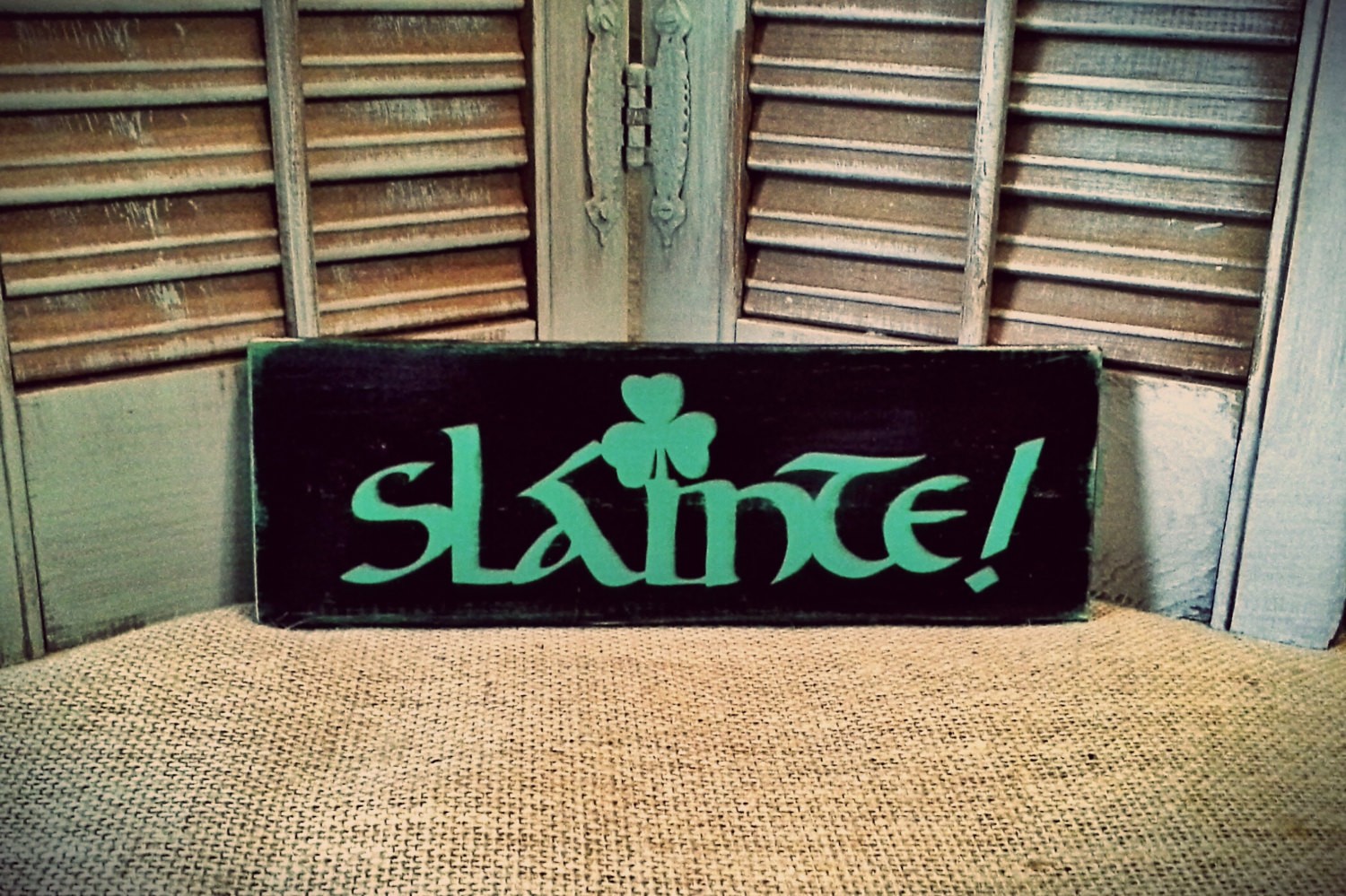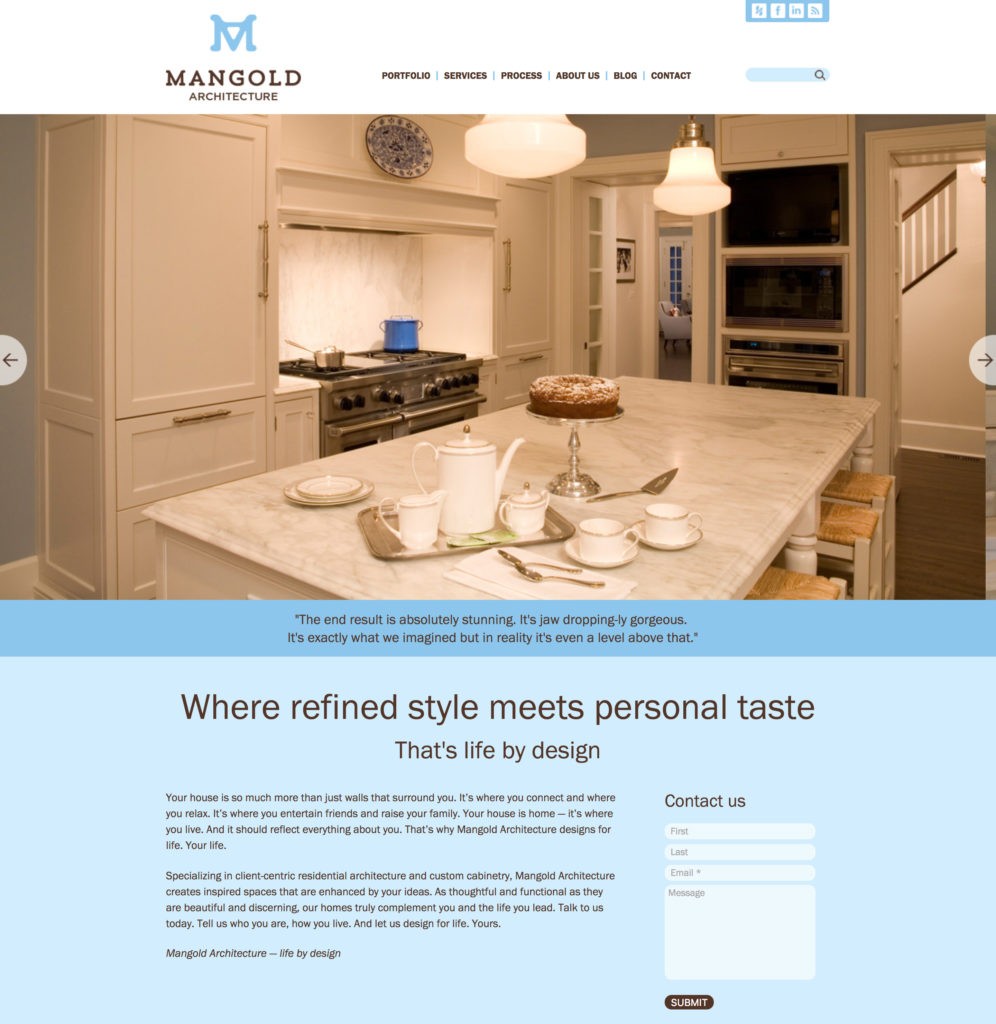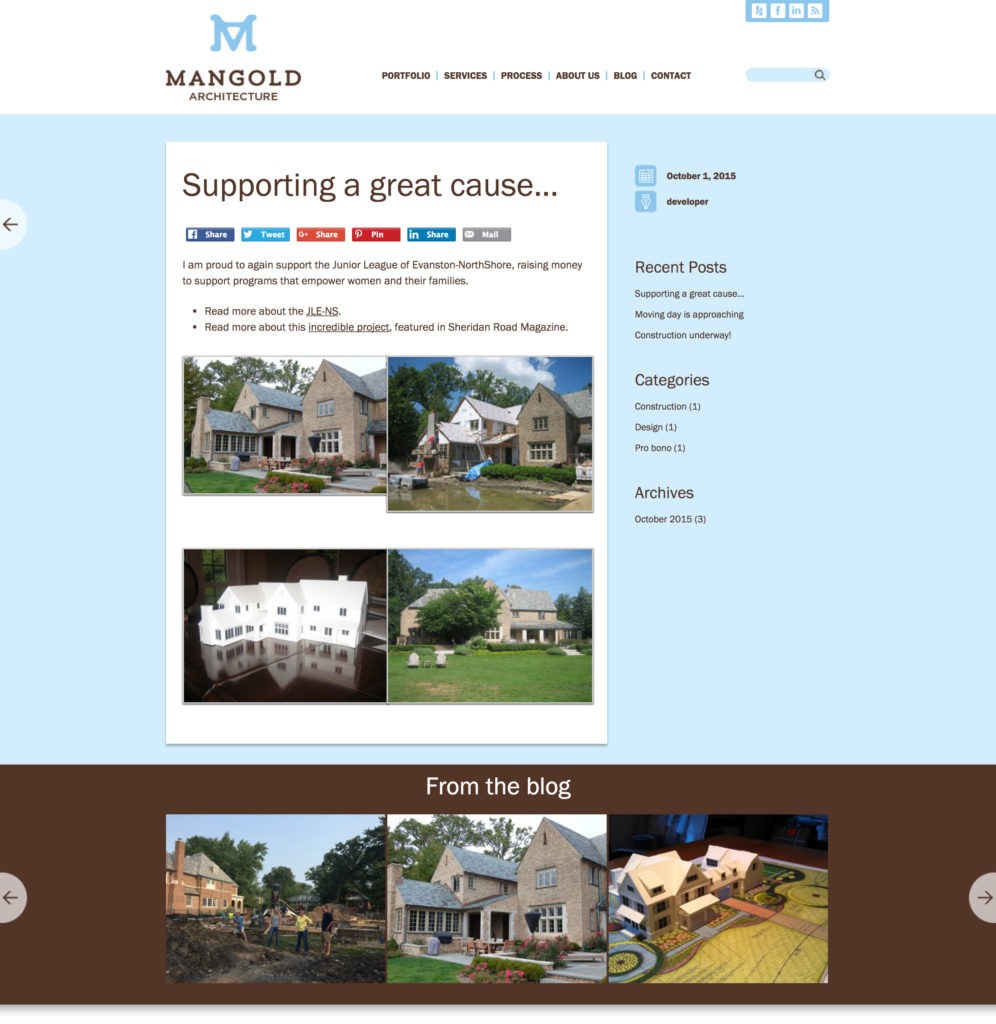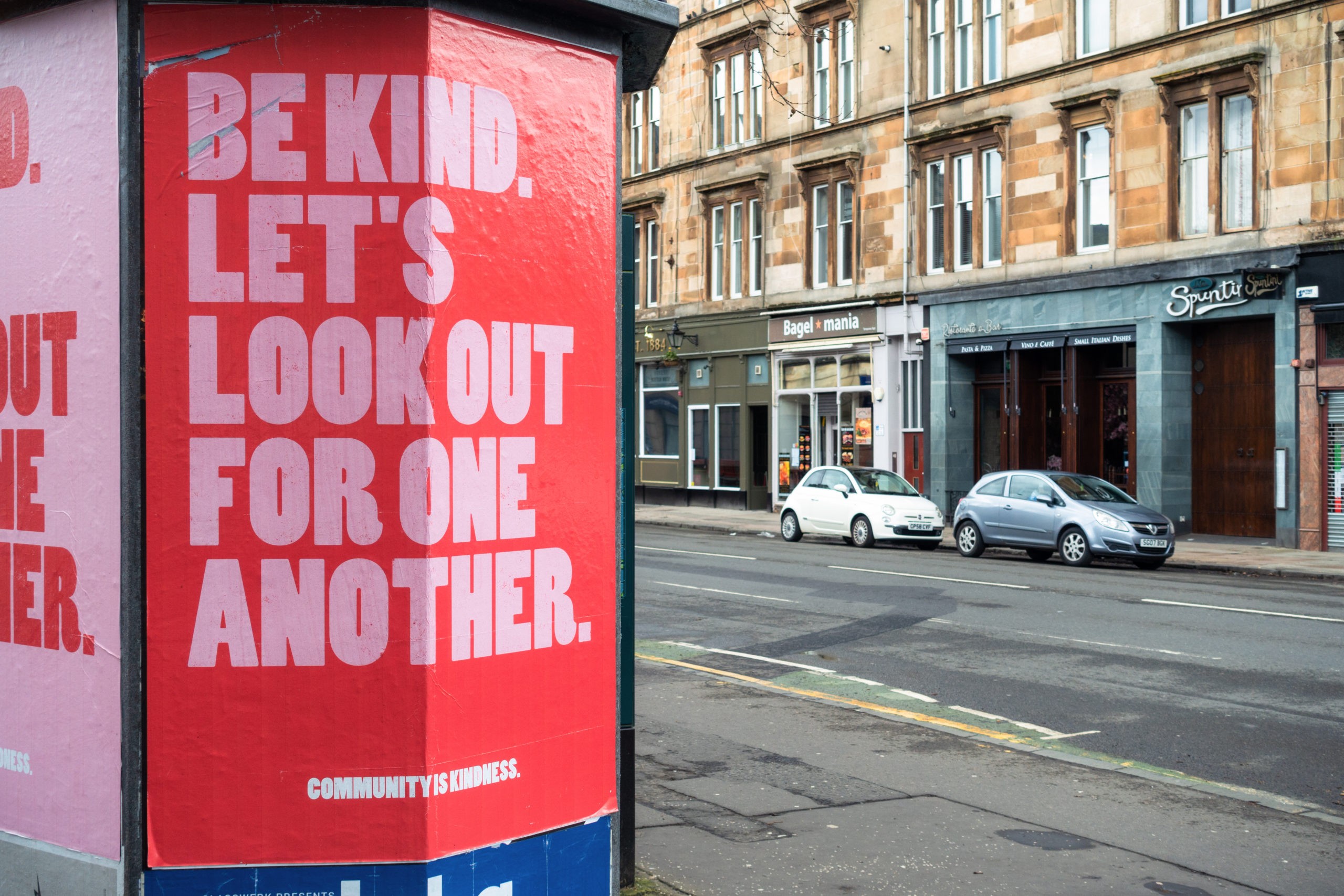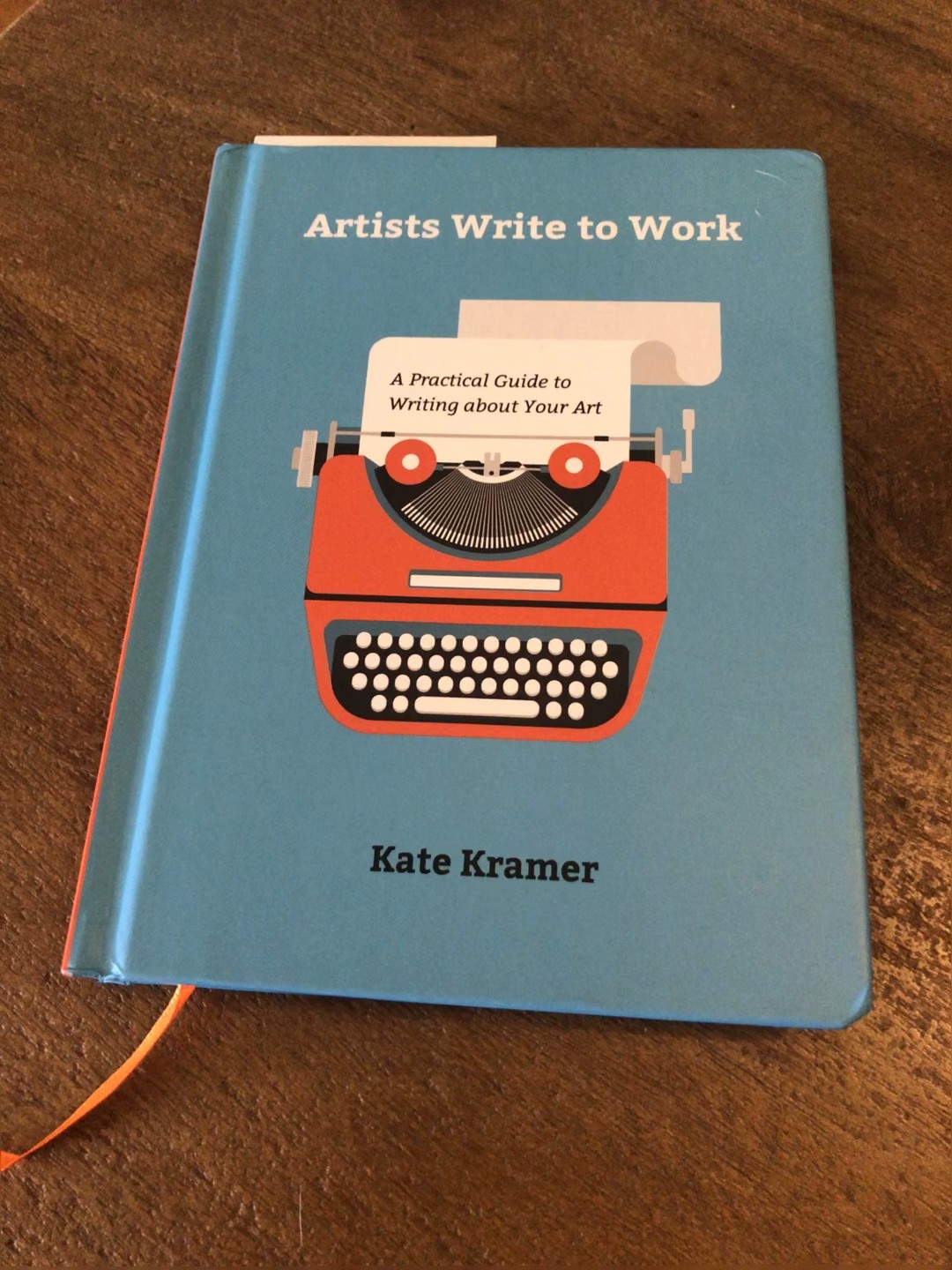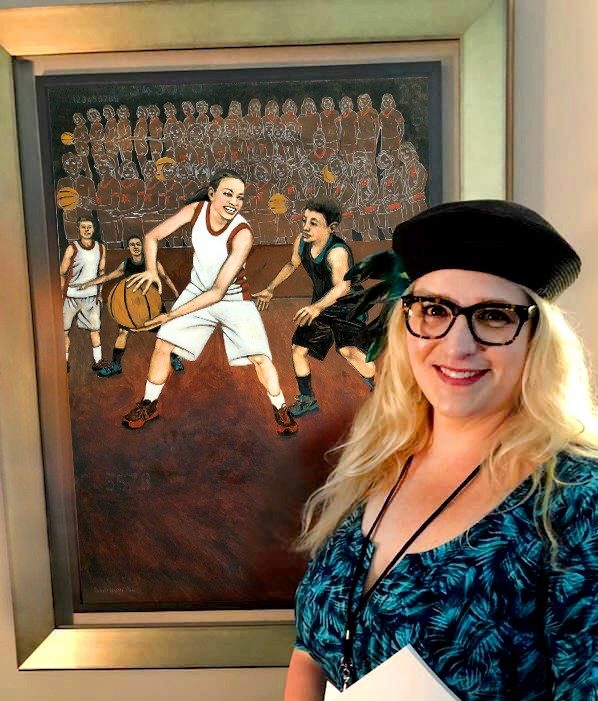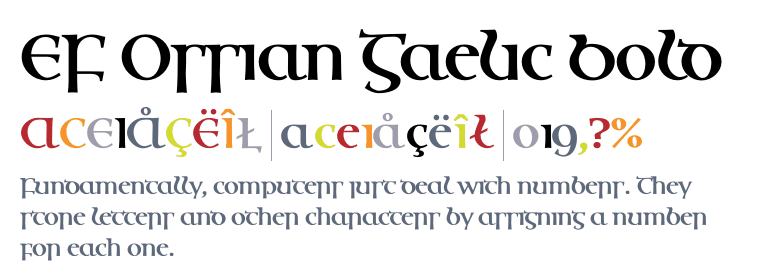 Ever wonder where the beautifully styled Irish type faces came from? You see these fonts often used on signage for Irish pubs and shops, on throw pillows embroidered with charming Irish sayings, and on pretty much anything marketed as Irish or to those who romanticize the Irish. Lyrical and calligraphic, and reads instantly as nothing but Irish. Well - that's what I woke up wondering today. So I did a little research. I found this on Wikipedia:
Ever wonder where the beautifully styled Irish type faces came from? You see these fonts often used on signage for Irish pubs and shops, on throw pillows embroidered with charming Irish sayings, and on pretty much anything marketed as Irish or to those who romanticize the Irish. Lyrical and calligraphic, and reads instantly as nothing but Irish. Well - that's what I woke up wondering today. So I did a little research. I found this on Wikipedia:
The Irish uncial alphabet originated in medieval manuscripts as an "insular" variant of the Latin alphabet. The first Gaelic typeface was designed in 1571 for a catechism commissioned by Elizabeth I to help convert the Irish Roman Catholic population to Anglicanism.
Gaelic type (sometimes called Irish character, Irish type, or Gaelic script) is a family of insular typefaces devised for printing Irish. It was widely used from the 16th until the mid-20th centuries but is today rarely used. Sometimes all Gaelic typefaces are called Celtic or uncial, though most Gaelic types are not uncials. The "Anglo-Saxon" types of the 17th century are included in this category because both the Anglo-Saxon types and the Gaelic/Irish types derive from the Insular manuscript hand.
The terms Gaelic type, Gaelic script, and Irish character translate the Irish phrase cló Gaelach (pronounced [kɫ̪oː ˈɡˠeːɫ̪əx]). In Ireland the term cló Gaelach is used in opposition to the term cló Rómhánach 'Roman type'.
So, duh. Of course it was inspired by language. I should have thought of that. The classic illustrated masterpiece, the Book of Kells, is a great example of hand-drawn Gaelic written language. One day I hope to see this in person.
- Home
- Post
